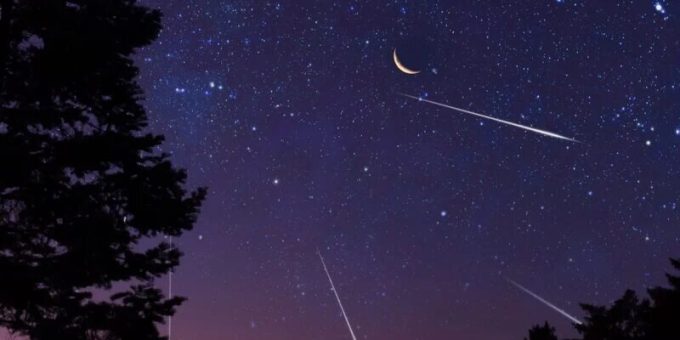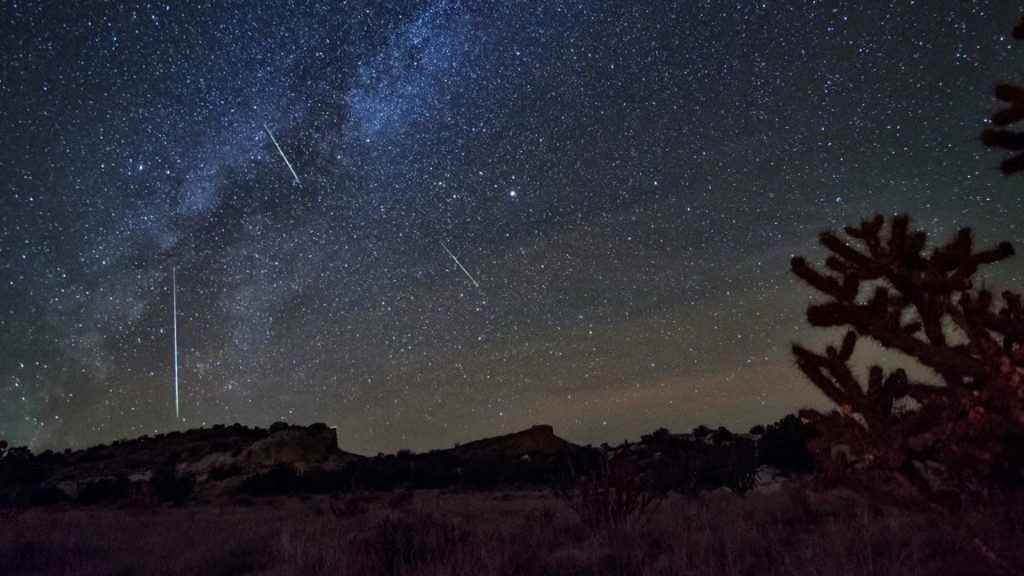
INDIANA – The annual Lyrid meteor shower will reach its peak activity Sunday, April 21, into Monday, April 22.
This meteor shower is one of the oldest known, with sightings dating back 2,700 years. The Chinese first recorded sighting of a Lyrid meteor shower was in 687 BC.
In an average year, skywatchers can witness 10 to 20 meteors per hour. However, the moon will be 96% full, which may hamper your viewing of the meteors.

Lyrids don’t tend to leave long, glowing dust trains behind them as they streak through the Earth’s atmosphere, but they can produce the occasional bright flash called a fireball.
The Lyrids are best viewed in the Northern Hemisphere during the dark hours (after moonset and before dawn).
Find an area well away from the city or street lights. Come prepared with a sleeping bag, blanket, or lawn chair. Lie flat on your back with your feet facing east and look up, taking in as much of the sky as possible. After about 30 minutes in the dark, your eyes will adapt, and you will begin to see meteors. Be patient—the show will last until dawn, so you have plenty of time to catch a glimpse.



